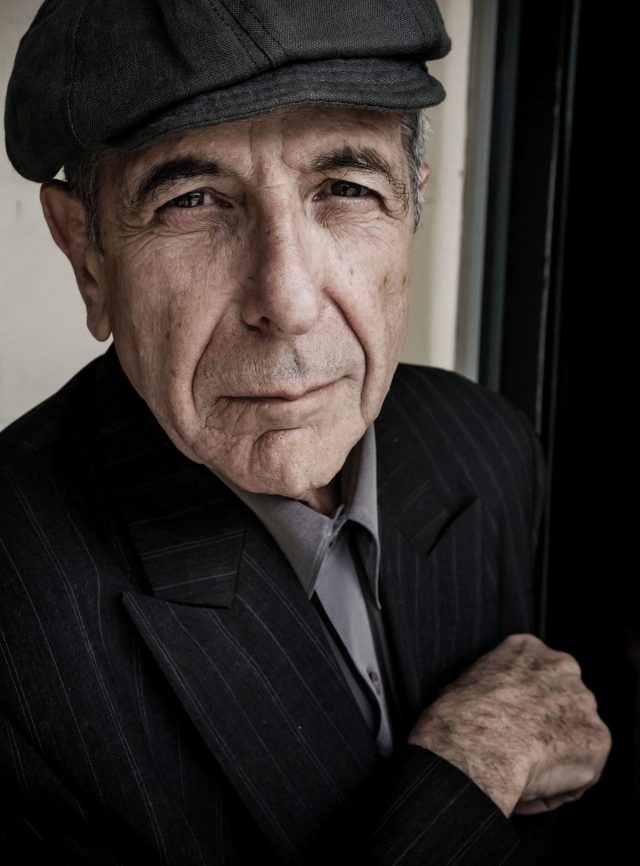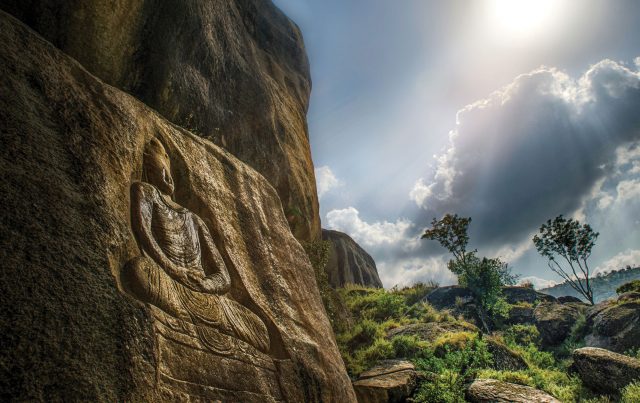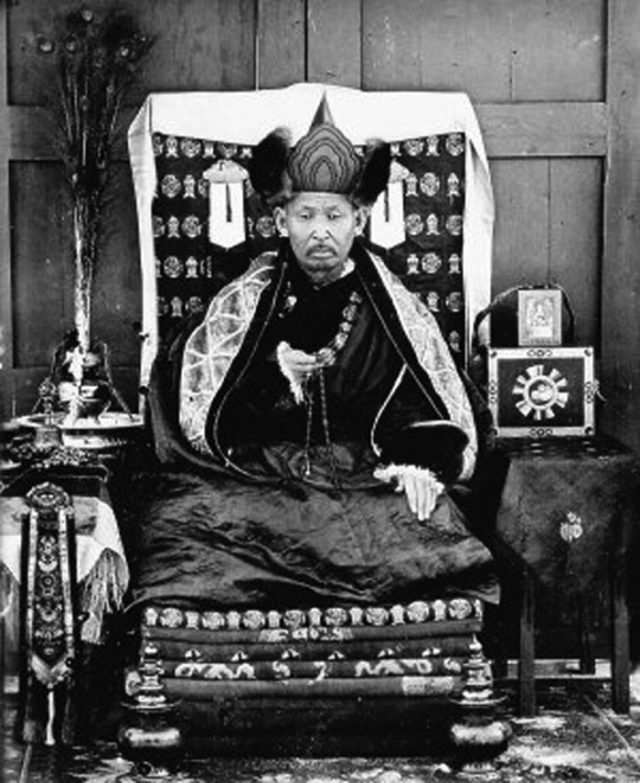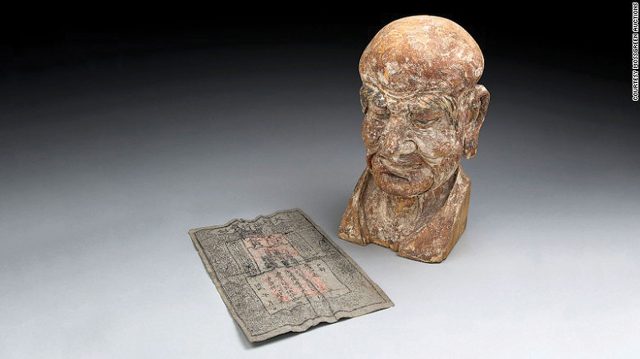
In Memoriam: Leonard Cohen (1934–2016)
In November 2016 the world mourned the loss of Leonard Cohen, the beloved Canadian-born musician-poet whose song “Hallelujah” is one of the most oft-played songs in folk rock. Fans may remember, however, that in 1994 Cohen left the musician’s life behind to study with the Rinzai Zen teacher Joshu Sasaki Roshi at the Mount Baldy Zen Center in Los Angeles. Cohen was subsequently ordained as a monk and given the dharma name Jikan, or “silent one”—perhaps an unlikely choice for a man wedded to verse. From 1994 to 1999, Cohen lived at the center as a disciple, serving as Sasaki Roshi’s personal assistant and cook. He later dedicated his 2001 album Ten New Songs to his teacher. Though Cohen was born Jewish, he considered himself both a Jew and a Buddhist. Life before the monastery, he told Magazine, a supplement to the Spanish newspaper El Mundo, “was filled with great disorder, with chaos. I achieved a little discipline there.”

Restoration Rebirth
Nine years ago in Pakistan, Taliban militants drilled holes into a Buddha statue dating back to the 7th century. They detonated explosives they’d placed in cavities in the head and shoulders, obliterating the statue’s face. (Fortunately, the explosives in its shoulders didn’t detonate correctly.) The defacement outraged historians and archaeologists worldwide, and alarmed Buddhists for whom the destruction of Afghanistan’s giant Bamiyan Buddha statues in 2001 by the Taliban was still a recent memory.
However, this past November, the Italian Archaeological Mission in Pakistan concluded a four-year restoration project to return the statue to its original glory. The work took the Italian- based team six site-visits to complete and required the use of 3D technology provided by the University of Padua. Dozens of local volunteers also assisted with the restoration effort.
The 21-foot meditating Buddha is an icon of Gandhara art—a style that developed in northwest Pakistan and eastern Afghanistan with roots in a Greco-Roman tradition—and one of the most important pieces of Buddhist art in the Swat Valley, once a center of Buddhist activity. (The 8th-century Indian Buddhist master Padmasambhava is said to have come from the region.) The restored statue is also one of the largest rock sculptures in South Asia.
Mega Thangka
This isn’t your average thangka, or traditional Tibetan painting. At 70 by 50 meters, it’s the world’s largest. Nearly the size of a football field, the massive work chronicles the life of the Buddha in 12 stages, from birth to nirvana. Weighing 1,900 kilograms, it was made by stitching 81 separate pieces of fabric together and took a team of more than 10,000 volunteers from 16 countries almost a decade to complete.
The idea to create the world’s largest thangka was conceived in 1994 in commemoration of the 60-year anniversary of the establishment of diplomatic relations between Nepal and Japan. It was put on display in Kathmandu, Nepal, this year.

Mummy on the Move
In October 2016, 89 years after his death, Lama Dashi-Dorzho Itigilov took a late-night stroll around the temple where his body is kept, or so say his crypt’s keepers. According to local Russian religious leaders, the Buddhist lama “changed positions” two nights in a row at Ivolginsky Datsan, near Ulan-Ude in Siberia—and they have the video footage they claim proves it. The fuzzy CCTV images, which were taken when the camera was triggered by a motion detector, show the figure of a man at a time when, officials insist, “nobody had access to the lama’s chamber.” A second image apparently shows the lama by a sofa.
Lama Dashi-Dorzho Itigilov was a revered Buddhist leader in Russia during the era of the Bolshevik revolution. Born in 1852, he was influential in Buddhist life under czarist Russia and opened the first Buddhist temple in St. Petersburg. He died in 1927 while sitting in the lotus position. His remains—still in an astonishing state of preservation—are kept in a glass display case at the monastery and can be viewed by visitors on major Buddhist holidays only. Local religious leaders believe the lama may be calling for world peace with his movements, while some are adamant that he is still alive, suspended in a state of nirvana.

Money in My Mind
There’s “old money,” and then there’s really, really old money. A 700-year-old Chinese banknote has just been discovered inside a 14th-century wooden Buddhist bust, the first time money has been found inside a wooden Buddhist sculpture (it’s more common to find religious relics or texts inside bronze sculptures). The parchment bill dates back to the Ming dynasty and is believed to represent one guan, at the time the highest denomination. Marked by three official seals, the note issues a warning to would-be forgers: “Authorized by the Department of Finance, this banknote has the same function as coins. Those who use counterfeit banknotes will be beheaded, the whistleblower will be rewarded 250 Liang silvers plus all the possessions of the criminal. —The third year of Hongwu period.” The sculpture, believed to be the head of a luohan, a Buddhist practitioner who has passed through all four stages of enlightenment, will be auctioned along with the banknote. Together they’re expected to fetch somewhere between $30,000 and $45,000.
Thank you for subscribing to Tricycle! As a nonprofit, we depend on readers like you to keep Buddhist teachings and practices widely available.